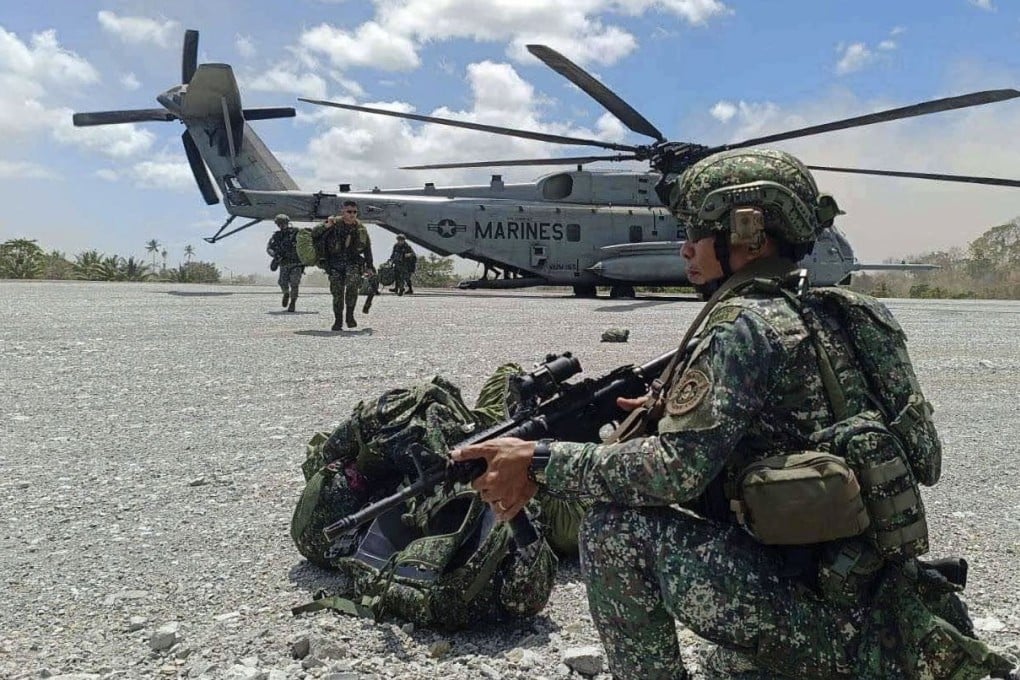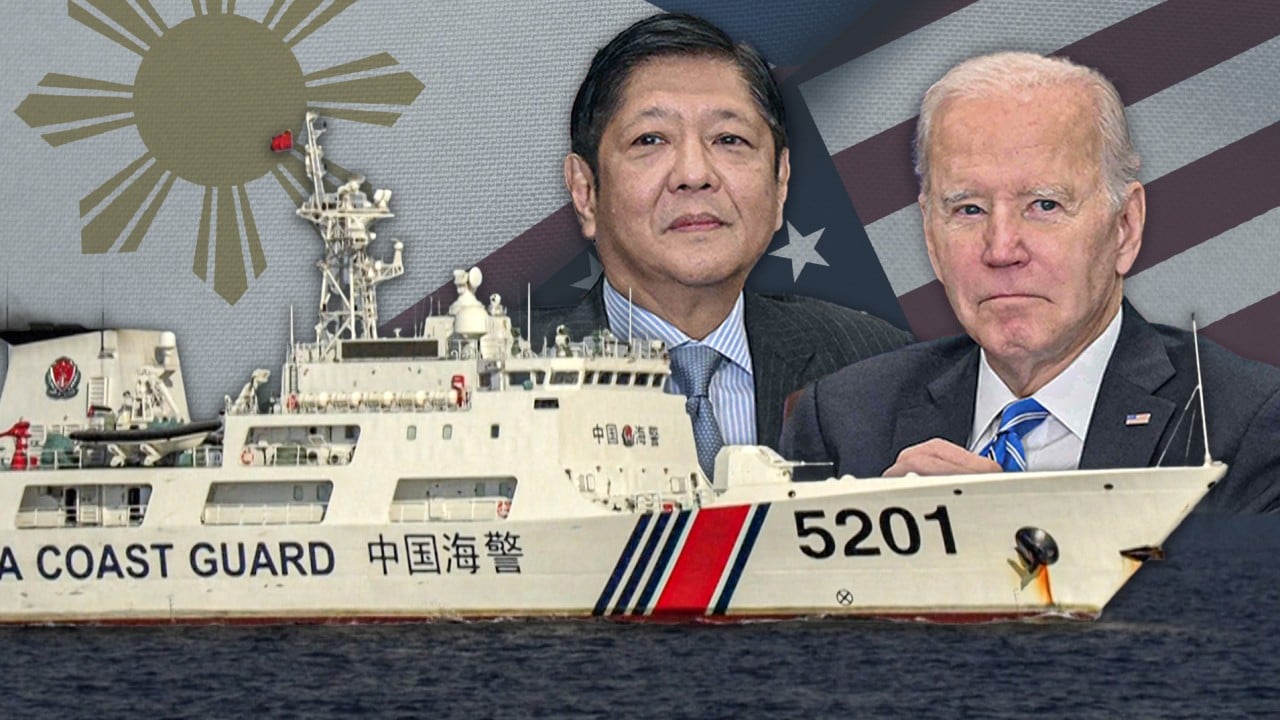US Typhon missile system in Philippines has China facing ‘more tense security situation’
US ‘essentially provoking a new cold war in the Asia-Pacific’ with missile deployment and ‘minilateralism’, observer warns

Manila said in July that the system could be withdrawn as early as September, but a top Philippine security official said on Friday that there was no immediate timeline for this.
Zhu Feng, executive dean of Nanjing University’s School of International Studies, said the United States’ moves were reminiscent of the Cold War.
“[The US] is deploying missiles in the Philippines now, and it could possibly [deploy weapons] to [treaty allies] South Korea and Japan in the future, and it is essentially provoking a new cold war in the Asia-Pacific region,” he said.
The Typhon system, which is stationed on the northern Philippine island of Luzon, can be equipped with cruise missiles to strike targets in the South China Sea and Taiwan Strait. This is the first time that a mid-range missile system has been stationed in the Asia-Pacific since a 1987 US-Soviet treaty prohibited such deployments.

